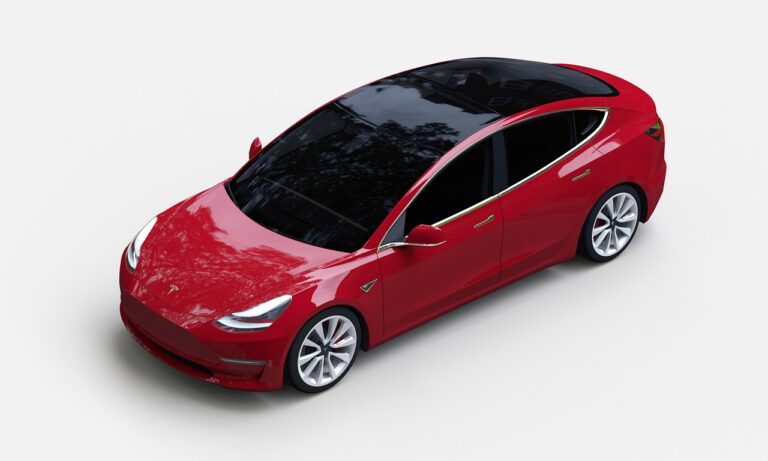Understanding the Challenges of Recycling Lithium-Ion Batteries from Electric Vehicles
Recycling lithium-ion batteries poses a significant challenge due to the complex and diverse composition of these power sources. Unlike traditional lead-acid batteries, lithium-ion batteries contain a mix of valuable metals like lithium, cobalt, and nickel, making the recycling process more intricate. Separating and extracting these materials requires specialized techniques that can be both costly and energy-intensive.
Moreover, the design of lithium-ion batteries, with their tightly sealed casings, further hinders the recycling process. Disassembling these batteries to access the valuable components is a labor-intensive task that often requires manual disassembly. This not only increases the time and effort needed for recycling but also raises safety concerns due to the potential risks associated with handling damaged or degraded batteries.
The Environmental Impact of Discarded Lithium-Ion Batteries
Lithium-ion batteries, commonly found in electronic devices such as smartphones and laptops, have become a ubiquitous source of power in our daily lives. However, the disposal of these batteries presents a significant environmental challenge. When lithium-ion batteries are discarded, they can release toxic chemicals and heavy metals into the environment, which can contaminate soil and water sources.
Furthermore, improper disposal methods, such as incineration or landfilling, can lead to the release of harmful substances into the air, contributing to air pollution. The potential for these batteries to leak hazardous materials into the environment underscores the importance of implementing proper recycling practices to prevent further harm to ecosystems and human health.
The Process of Extracting Valuable Materials from Used Batteries
When it comes to extracting valuable materials from used batteries, the process is crucial for both environmental and economic reasons. The recycling of lithium-ion batteries involves several steps, starting with collection and sorting. Once collected, the batteries are shredded and broken down into small pieces to expose the valuable materials within, such as lithium, cobalt, and nickel. These materials can then be extracted through various techniques, including leaching, precipitation, filtration, and electrolysis.
After the extraction process, the recovered materials can be used to manufacture new batteries or other products, reducing the demand for virgin resources. This not only helps conserve natural resources but also minimizes the environmental impact associated with mining and processing raw materials. Additionally, recycling lithium-ion batteries plays a vital role in reducing waste and preventing harmful substances from leaching into the environment, making it a sustainable solution for managing electronic waste.
• Collection and sorting of used batteries
• Shredding and breaking down batteries into small pieces
• Extraction of valuable materials such as lithium, cobalt, and nickel through techniques like leaching, precipitation, filtration, and electrolysis
• Use of recovered materials to manufacture new batteries or other products
• Reduction in demand for virgin resources
• Conservation of natural resources and minimization of environmental impact associated with mining
• Prevention of harmful substances from leaching into the environment
• Sustainable solution for managing electronic waste
What are some challenges in recycling lithium-ion batteries?
Some challenges in recycling lithium-ion batteries include the complexity of the battery design, the need for specialized equipment for extraction, and ensuring the safety of workers due to the potential hazards of handling used batteries.
What is the environmental impact of discarded lithium-ion batteries?
Discarded lithium-ion batteries can pose environmental hazards due to the potential leakage of toxic chemicals into soil and water sources. Improper disposal can lead to pollution and harm to ecosystems.
What is the process of extracting valuable materials from used batteries?
The process of extracting valuable materials from used batteries typically involves crushing the batteries to release the materials, separating the components through various methods such as shredding and sieving, and then refining the extracted materials for reuse in new battery production.







